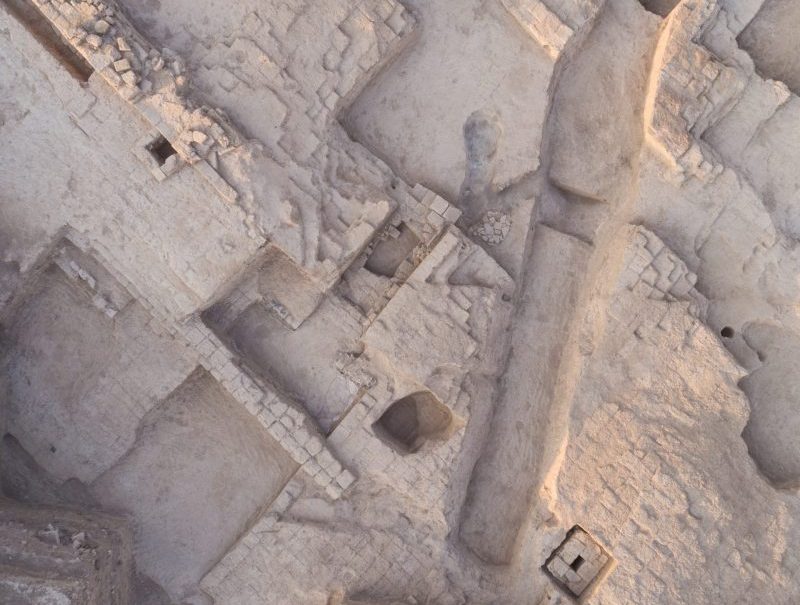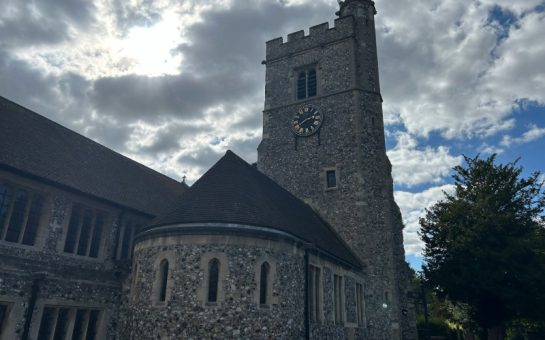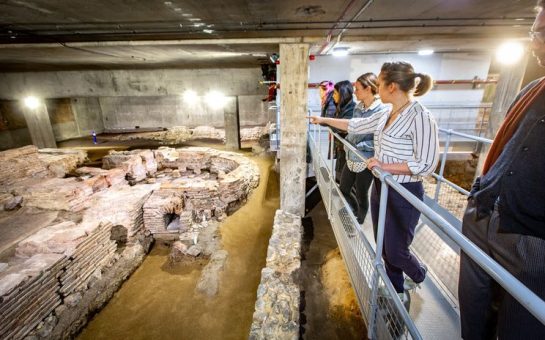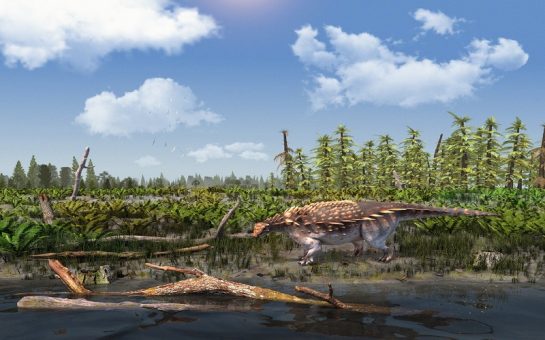Archaeologists, as part of a project associated with The British Museum, have discovered the remains of a lost palace of the kings of Girsu, in modern day Tello, southern Iraq.
The discovery is part of the Girsu Project, an initiative between the British Museum, the State Board of Antiques and Heritage (SBAH) of Iraq, and the J. Paul Getty Trust and Museum.
Preliminary remote sensing work at Girsu last year located remains of a vast complex which was previously unknown, at the site of Tablet Hill.
Another discovery includes the main sanctuary of the Sumerium God, Ningirsu.
The name of the Temple is Eninnu, the White Thunderbird, and is seen as one of the most important temples of Mesopotamia, a historical region of Western Asia.
Dr Ahmed Fakak Al-Badrani, the Iraqi Minister of Culture, said: “The British archeological excavations in Iraq will further unveil significant ancient eras of Mesopotamia.”
“It is a true testimony to the strong ties between the two countries to enhance the joint cooperation between the two countries.”
Dr Hartwig Fischer, Director of the British Museum, said: “While our knowledge of the Sumerian world remains limited today, the work at Girsu and the discovery of the lost palace and temple hold enormous potential for our understanding of this important civilisation.”
Tello is the modern Arabic name of the ancient Sumerian city of Girsu, one of the earliest known cities in the world.
The discovery of Girsu 140 years ago revealed the existence of Sumerian civilization, and shed light upon some of the most important monuments of Mesopotamian art and architecture.
The Girsu project aims to build on the British Museum’s Iraq Scheme, which was developed in 2015, first funded by the British Government in response to the destruction of heritage sites in Iraq and Syria by Islamic State.
Featured Image Credit: The British Museum





Join the discussion